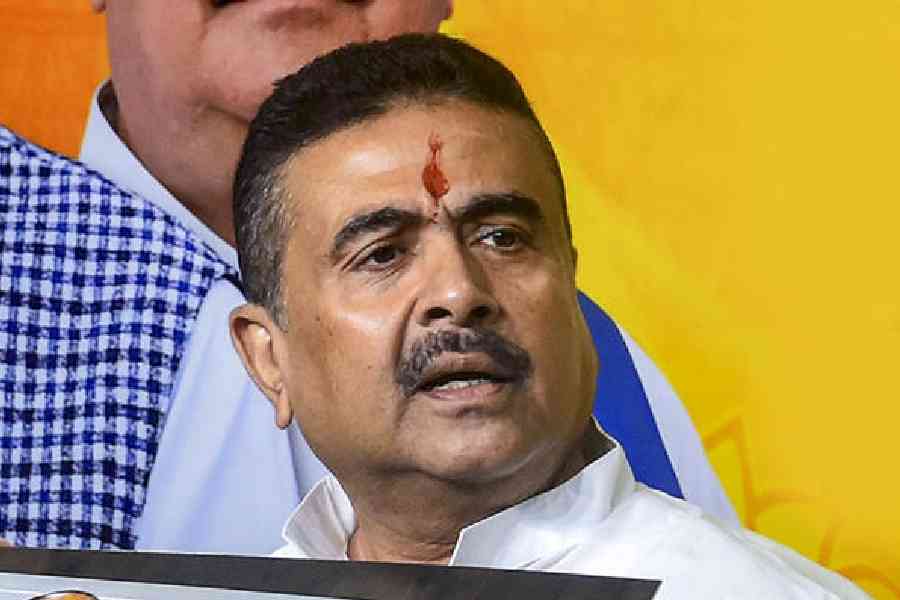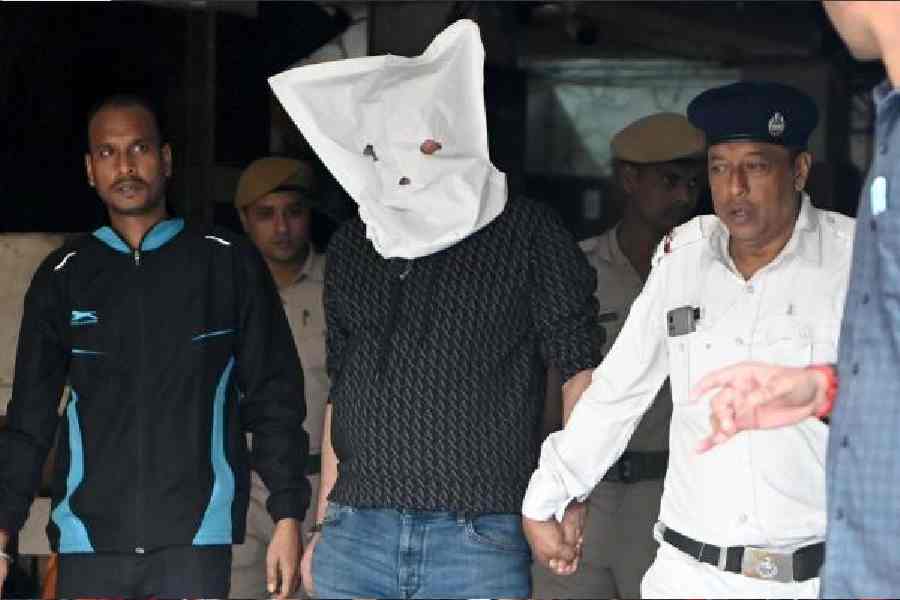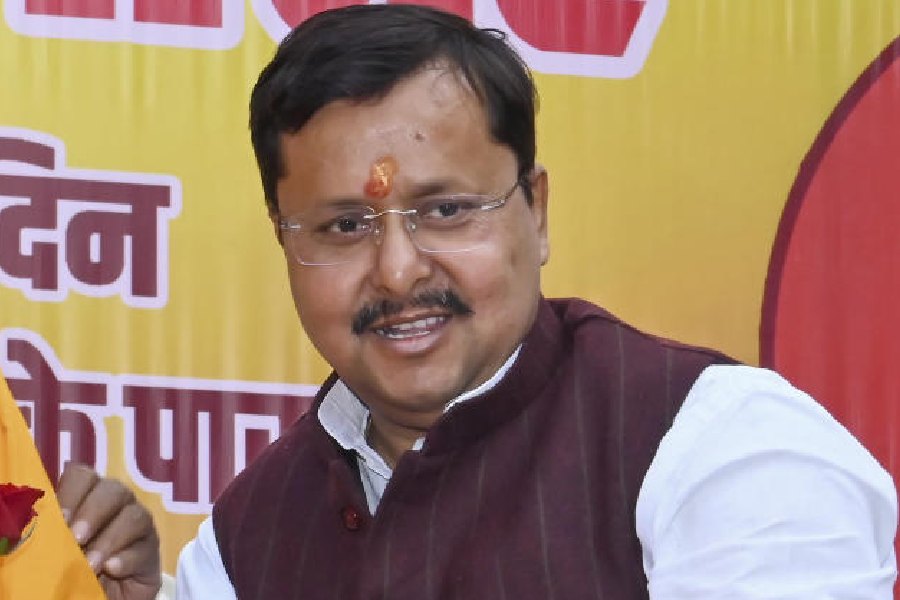If what Darren Henley, the chief executive of the Arts Council England, says is true, then schoolchildren in India should be taught art along with such core subjects as mathematics, languages and science. Henley, who is the author of an influential book, The Arts Dividend: Why Investment in Culture Pays, tells me there is a link between the arts and happiness. “We know those who have the arts, museums, libraries and culture more generally in their lives live happier, healthier lives. There is real scientific data that shows that.”
I keep saying this but maybe we, in India, should have something like the Royal Academy’s Summer Exhibition, which this year is the 251st. Members of the public submitted 16,250 works of art from which the exhibition’s coordinator for 2019, the acclaimed painter, Jock McFadyen, selected around 1,581 paintings, “brutalist and lyrical”, sculptures, prints, photographs and much else for display.
In the Annenberg Courtyard in front of the RA building in Piccadilly is a group of giant statues by the sculptor, Thomas Houseago. In the architecture section, where sustainability is the theme, there is a model of a high-rise building made entirely of wood. Something like this would work in Calcutta and be safe from fire, Spencer de Grey, the architect who curated the section, assures me. One Indian whose work is always accepted is the painter, Shanti Panchal, who has done a watercolour portrait of his friend, the sculptor and Royal Academician, Dhruva Mistry, who used to live in England.
The average ‘dwell time’ at the Summer Exhibition, one of the highlights of an English summer, is three hours, according to Edith Devaney, one of the RA’s senior curators. She adds that the exhibition she oversees gives people a chance to see “art that reflects the world we live in today”.
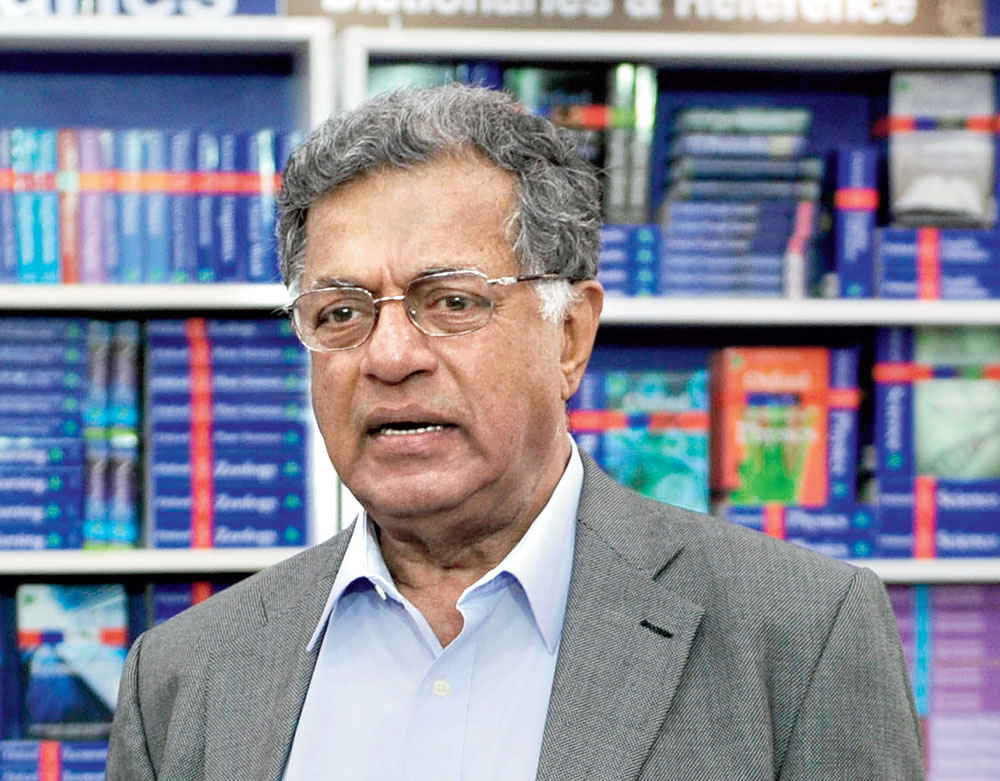
Karnad would say a few words from the floor rather than the stage, and then withdraw into the shadows A Telegraph file picture
Man of surprises
Girish Karnad, who passed away on Monday, left behind many friends in London, where he was director from 2000 to 2003 of the Nehru Centre, the cultural wing of the Indian High Commission. I remember being surprised that so distinguished an author and playwright agreed to take up a job that invariably involved quite a bit of administration.
Another thing that surprised me about Girish was how understated he was. When he introduced guests at Nehru Centre functions, he did not thrust himself into the limelight, which he could have done as the director. He would say a few words from the floor rather than the stage, and then withdraw into the shadows.
We met again in 2009, when he played the Bengali doctor, Sanjay Banerjee, in Sangeeta Datta’s English-language film, Life Goes On. It was a retelling of King Lear, in which Sharmila Tagore was cast as his wife, Manju. Girish stepped in sportingly when Soumitra Chatterjee pulled out on health grounds.
Strengthen the bridge
Some Indian journalists are invited to meet Mark Field, who has been to India three times during the last two years as minister of state at the Foreign & Commonwealth Office. “We very much understand the immense ambitions that Prime Minister [Narendra] Modi has for his second term and we hope that the [United Kingdom] can be supportive of many of those ambitions,” he begins.
As part of the strengthening of the UK-India “living bridge”, he says he is focusing his energy on the large Indian diaspora in Britain. Field, who is a cricket fan — and showed off his square cutting skills during a trip to Delhi last year — will be at the India-England World Cup match on June 30 at Edgbaston in Birmingham. “[W]e will be doing a big diaspora day with the Indian community,” he reveals. My impression is that the British expected Modi to emerge with a large number of seats, but were taken aback, like almost everyone else, by his landslide win. Foreign Office officials in London appear delighted that S Jaishankar, whom they know from when he was foreign secretary, has become the Union external affairs minister in India.
Sudden rise
Does the behaviour of Indian cricket fans in the UK border on the jingoistic? A colour piece by Tim Wigmore on the India-Australia cricket match at The Oval made me wonder. An excerpt: “The sound of drumming in support of India is unabated. It is hard not to draw a link between the rise in nationalism in India, embodied by Narendra Modi, and the ubiquitous blue of Indian fans inside and outside the Oval.”
Neutral ground
The journalist, Rahul Singh, has brought the Khushwant Singh Literary Festival, in memory of his deceased father, to London for the second successive year. The session I enjoyed most was on VS Naipaul, whom Rahul helped during the author’s early travels in India. The great man, Rahul said, “could be incredibly generous but he could also be incredibly mean”. Naipaul cut him off after Rahul suggested in an article that Naipaul’s Nobel Prize was blocked by Islamic countries which considered the author to be anti-Muslim, but he got the prize in 2001, shortly after the attack on the World Trade Center.
Rahul wants to discuss India-Pakistan relations at KSLF next year: “We can’t do it in India, we can’t do it in Pakistan, London seems the neutral venue.”
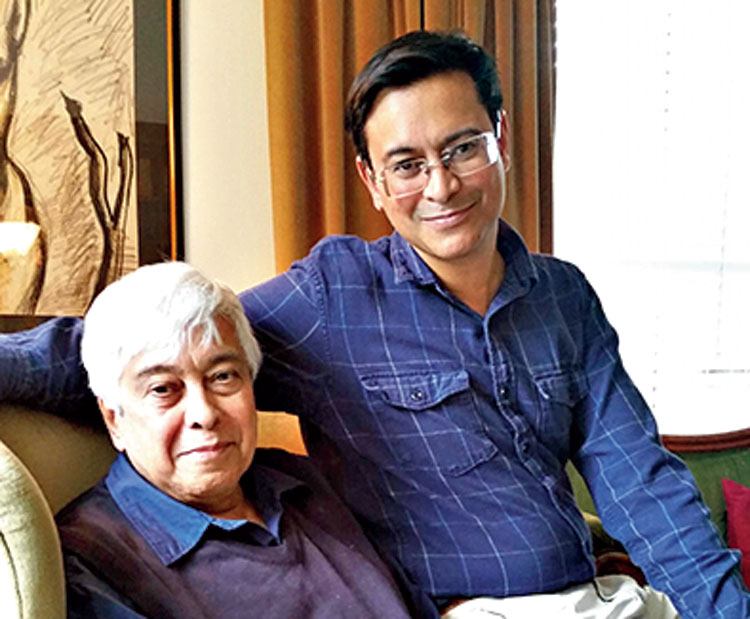
Professors Partha and Rana Mitter. Rana was educated at Cambridge and Harvard, has written three books on China and is a frequent broadcaster (Amit Roy)
The art historian, Partha Mitter, is justifiably proud that his son, Rana, has been given an Order of the British Empire at the Queen’s birthday honours. The announcement read: “Professor Shantashil Rajyeswar Mitter. (Rana Mitter). Professor History and Politics of Modern China, University of Oxford. For services to Education. (Oxfordshire).” Rana was educated at Cambridge and Harvard, has written three books on China and is a frequent broadcaster.


